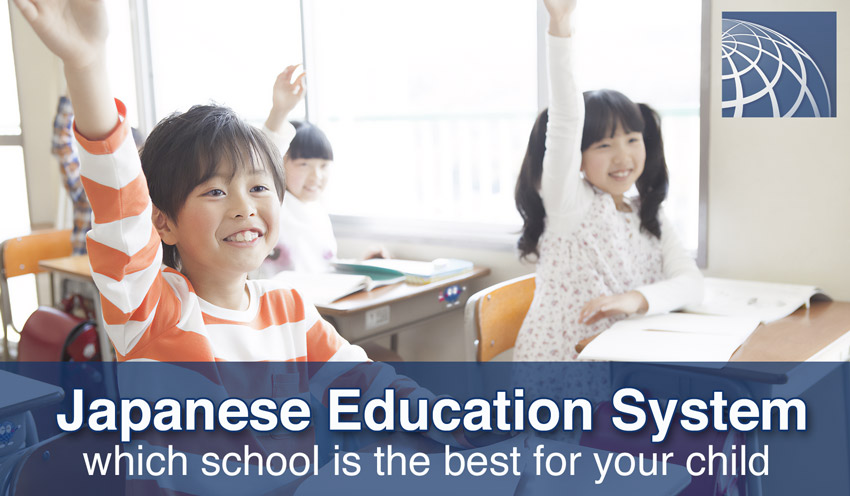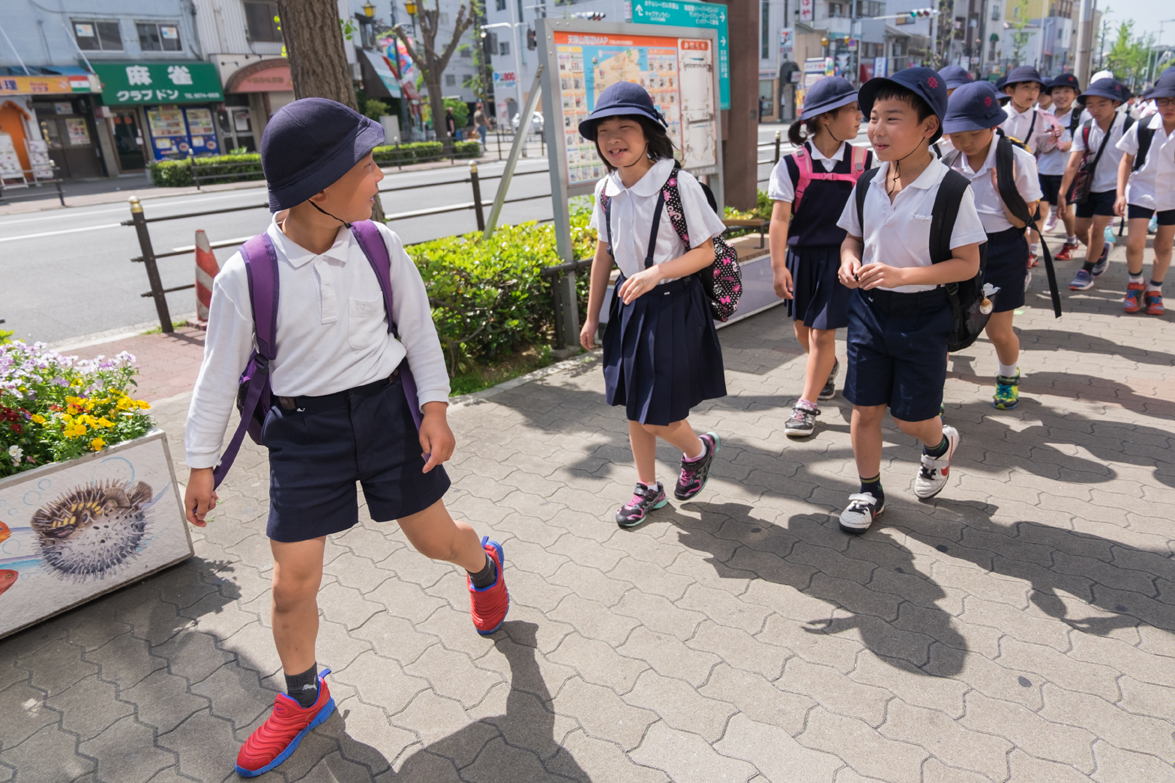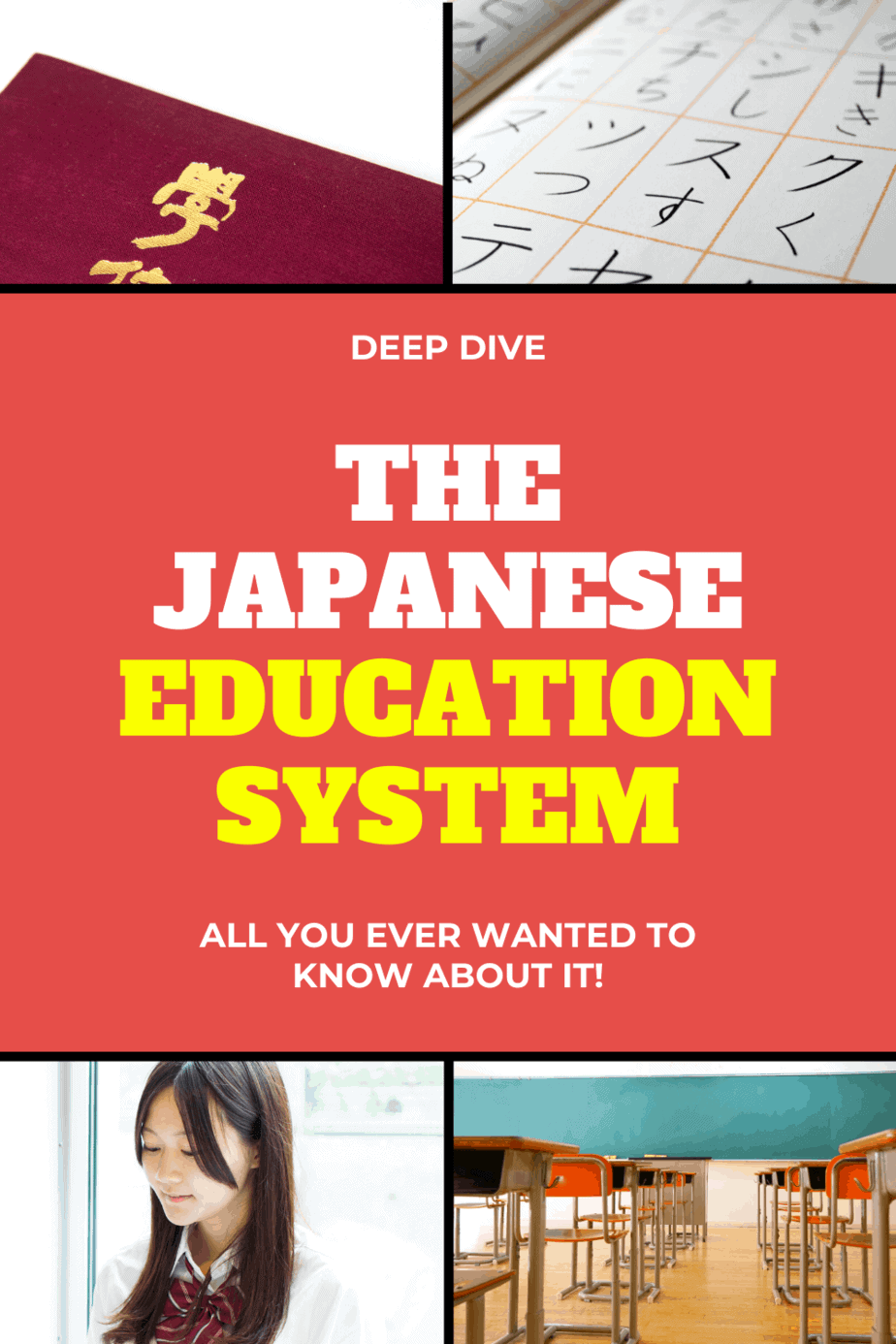

Called the Children's Broadcasting Station, the channel beams programs by communications satellite to receiving stations that have telephone links. Also, in July 1999 the Ministry of Education started a television station devoted exclusively to the education of Japan's children.

Especially popular is the use of broadcasts of educational programming produced by NHK, the Japan Broadcasting Corporation. Television, audiotapes, and videotapes are common support for teaching. More traditional audiovisual media are widely used in Japan, especially in the primary schools. Contrasted to these figures are the relatively low percentages of teachers who can use the technology effectively: 28.7 percent in primary schools, 26.1 percent in lower secondary, and 26.0 percent for upper secondary. The average number per school was 12.9, 32.1, and 76.4, respectively. As of March 1999, computers were used in 97.7 percent of primary schools, 99.9 percent of lower secondary schools, and 100 percent of upper secondary schools. Statistics from 1999 suggest that although almost all public schools have computers, many teachers have not yet learned to use them in their teaching. Apparently that report has brought even more attention to the need to increase the exposure of Japanese students to instructional technology. In 1998 the Curriculum Council submitted a major recommendation report to the Ministry of Education, in which it advocated the use of computers throughout the educational system. Use of Technology: Japan continues to emphasize the use of technology in education at all levels. The teaching of ethnic languages and cultures remains a politically charged subject in Japan, though the debate has not yet presented any significant challenge to the dominance of Japanese as the language of instruction in the school system. Other linguistic minorities include Chinese and Ryukyuan (Okinawa).

The native Ainu population, located mainly in the northern island of Hokkaido, is not permitted to receive courses in the Ainu language and culture in the public schools. Although Japanese remains the dominant language in the classroom, there are significant numbers of Japanese residents whose native language is not Japanese. So the recommendation of the report would require a significant upgrading of English language training in Japan.Ī final point about the language of instruction concerns the minority populations in Japan. Although the reading and writing of English is taught in schools, speaking and listening skills lag behind. Given the need to increase the "global literacy" of the population, the report went on to urge that all students should be able to speak English before they start working after their schooling. A report entitled "Japan's Vision for the 21st Century," submitted to the Japanese prime minister's office in early 2000, suggests that the government consider establishing English as Japan's official second language. It appears that the question of the role of English in the school system-and, indeed, in the entire culture-will remain a controversial subject for some years to come. The entrance exams for high school and for universities test for English ability. Although English is usually not the language of instruction, it is now studied by almost all students in Japan-making it the most commonly used foreign language in the country. There are now a few schools that use English to teach science and mathematics classes. In fact, a school could use other languages. The complexity of the written language means that Japanese students spend many years studying their own language.Īlthough Japanese is the dominant language of instruction, there is no law declaring it the official language of the country. Dominant features of this language are the high dependence on context to determine meaning, the precise ordering of words in a sentence, and the use of three different types of character systems in the written language ( kanji, hiragana, and katakana). Language of Instruction: The language used most predominantly in Japanese schools is, of course, the Japanese language. There was a half day of additional schooling on Saturday morning, but schools have gradually been dropping the Saturday schedule and moving instead to a five-day school week. The year is broken down into three main terms beginning in April, September, and January, respectively. Students have a summer vacation of several weeks starting in July, as well as a two-week break at New Year's. Academic Year: The academic year in Japan begins in April and ends the following March.


 0 kommentar(er)
0 kommentar(er)
